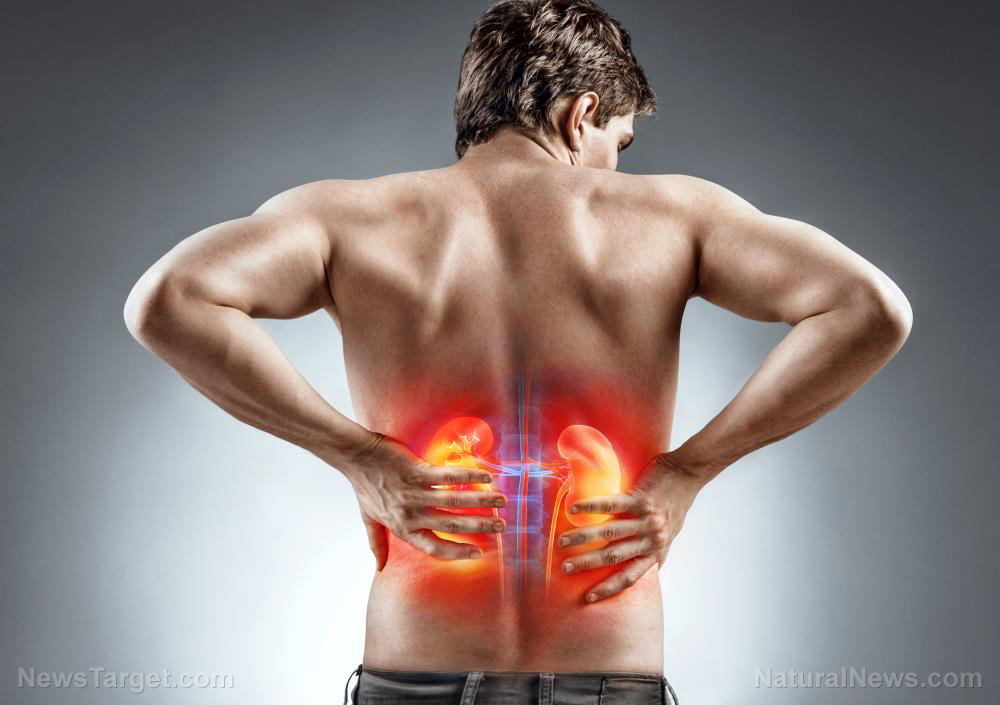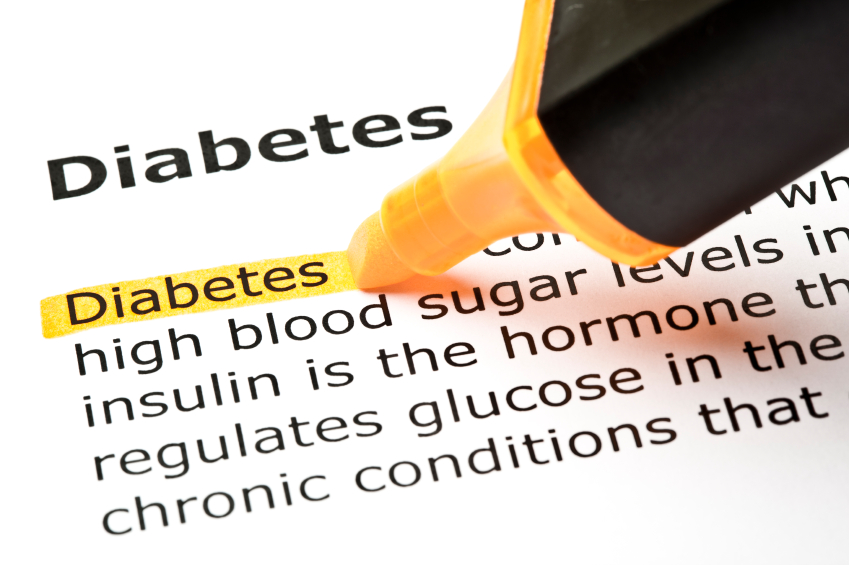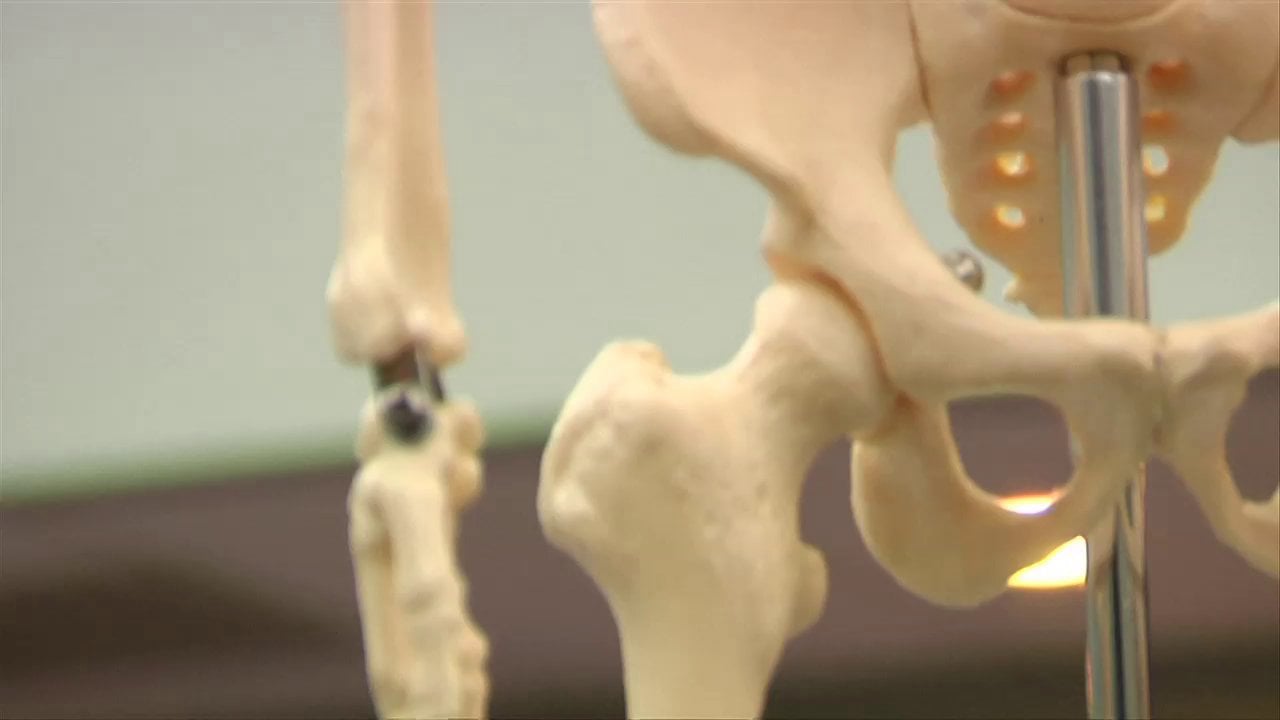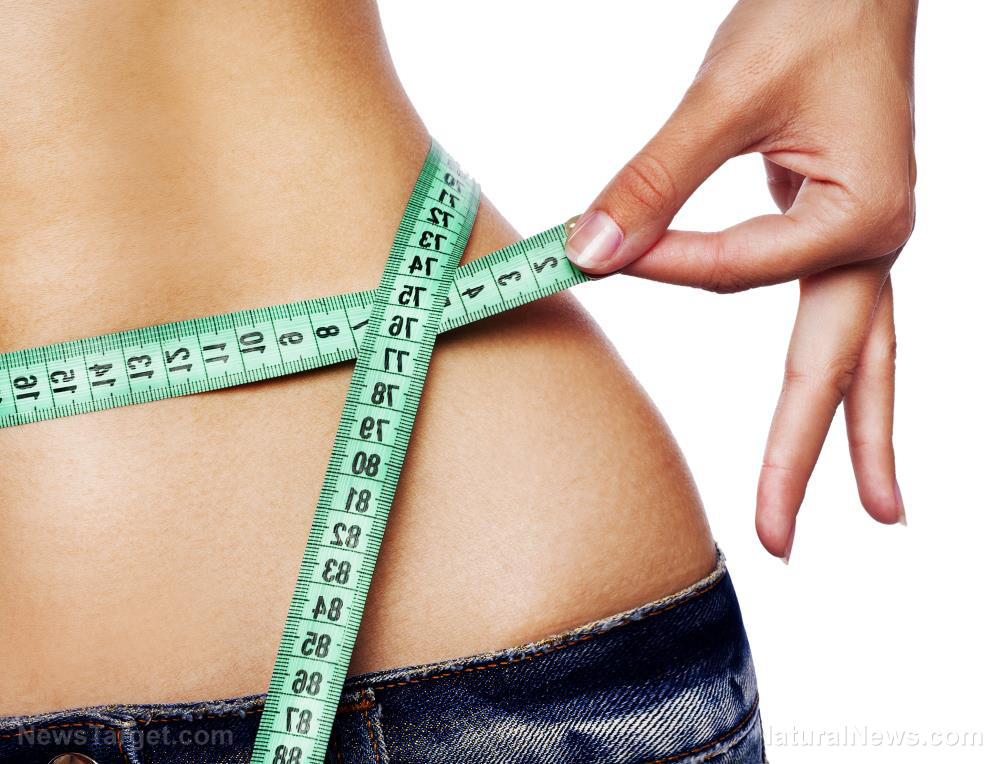Where does body fat go when you lose it? A surprising number of health care professionals don’t know
06/13/2018 / By Edsel Cook

You wouldn’t happen to know where that fat you shed goes, would you? If you don’t, you’re not alone. According to an article in The Conversation, 98 percent of health professionals failed to explain the process of weight loss.
Out of 150 doctors, dietitians, and personal trainers surveyed, only three gave the right answer. And no, it was not “fat turns into energy,” as most people think. Neither was it “fat turns into muscle.” It’s not “it is expelled through the colon,” either. So what is the answer?
The answer is that fat breaks down into carbon dioxide (CO2) and water. The former is expelled via exhalation and the latter enters your blood until it is passed out as sweat or urine.
Around 84 percent of fat gets turned into CO2. So burning 10 lbs of fat results in 8.4 lbs of carbon dioxide.
The vast majority of CO2 is expelled via our lungs. So you exhale the carbohydrates, almost all the fats, and most of the alcohol burned by your body.
A small part of protein gets turned into urea and other wastes. But most of it also breaks down into C02 and water.
Dietary fiber is about the only thing that makes it to your colon intact and undigested. Everything else goes into your blood or organs. (Related: Eat like a peasant: More vegetables are better for you (and less expensive, too).)
When counting up your daily intake, add oxygen as well
To gain a better understanding of how weight is lost or gained, you have to keep track of kilograms in addition to the usual calories and kilojoules. Take for example Australians during 2011-2012.
According to the Australian Bureau of Statistics, the average Australian consumes 7.7 lbs (3.5 kg) of food and drink each day. Of that, 415 g is made up of solid macronutrients, 23 g is fiber, and water accounts for the last 6.6 lbs (3 kg).
What goes unrecorded is that an Australian also inhales over 600 g of oxygen every day. So that’s actually 10.1 lbs (4.1 kg) he or she has to eliminate in order to avoid gaining weight.
So how do you go about shedding weight? You need to burn as much fat as possible.
To give you an idea, let’s use the average Australian diet as an example. If you burn up the 415 g of macronutrients, you lose 740 g of CO2, 280 g of water, and 35 g of urine waste products.
A typical person with a weight of 165 lbs (75 kg), who does no major activity, produces 590 g of CO2 every day. This amount comes from the fat burned by the body when it is at rest, and it includes the 200 g of CO2 you generate while asleep.
A 165-lbs person who eats the average Australian diet ends up with a surplus of 150 g of CO2, which translates to around 82 g of unexpended fat. This excess eventually piles up into kilograms of fat.
Burn fat by moving your muscles
If you were that person, you have to increase your metabolic rate in order to burn up the unused fat in your body. This can only be done through physical activity.
The simple act of getting on your feet in order to change clothes will more than double your metabolic rate. If you spent 24 hours trying on your entire wardrobe, you would have burned enough fat to produce more than 1,200 g of CO2.
More strenuous activities like walking, cooking, and cleaning the house effectively triple your metabolism. You can support your weight loss by switching to a diet that reduces the amount of solid macronutrients.
Learn more about natural ways to lose weight at Slender.news.
Sources include:
Tagged Under: body fat, burning fat, carbon dioxide, Diets, excess fat, exercise, fat metabolism, fitness, metabolism, obese, obesity, overweight, physical activity, weight gain, weight loss


















